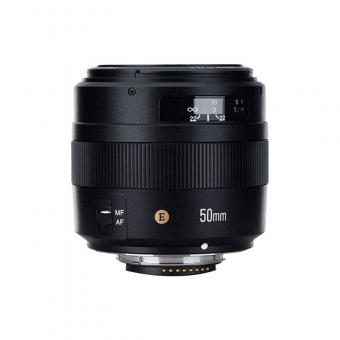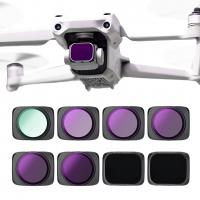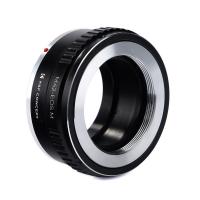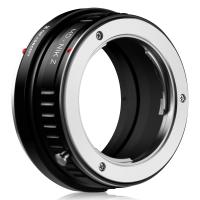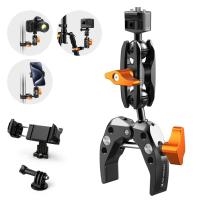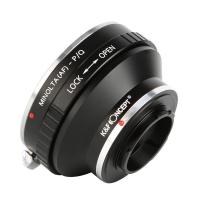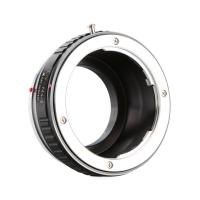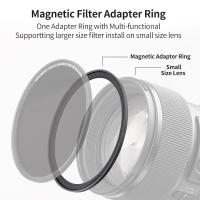Can I Watermark On Digital Camera ?
No, you cannot directly watermark images on a digital camera. Watermarking is typically done using image editing software after the photos have been transferred to a computer.
1、 Watermarking: Definition and Purpose in Digital Photography
Yes, you can watermark on a digital camera. Watermarking refers to the process of adding a visible overlay to a digital image, typically in the form of a logo, text, or graphic, to indicate ownership or provide copyright protection. This can be done directly on the camera itself or through post-processing software.
The purpose of watermarking in digital photography is to deter unauthorized use or distribution of images and to establish ownership. By adding a visible watermark, photographers can protect their work and ensure that their name or brand is associated with the image. Watermarks can also serve as a promotional tool, as they can help to increase brand recognition and drive traffic to a photographer's website or social media accounts.
In recent years, there has been some debate about the effectiveness and necessity of watermarking. Some argue that watermarks can be easily removed or cropped out, rendering them ineffective in preventing unauthorized use. Others believe that watermarks still serve a purpose, as they act as a visual deterrent and can make it more difficult for someone to pass off an image as their own.
Ultimately, the decision to watermark your images is a personal one. If you choose to do so, there are various software options available that allow you to add watermarks during post-processing. These tools offer flexibility in terms of the size, position, and transparency of the watermark, allowing you to customize it to your liking.

2、 Types of Watermarks for Digital Camera Images
Yes, you can watermark images taken with a digital camera. Watermarking is a technique used to protect and identify digital content, including photographs. It involves adding a visible or invisible mark or logo to an image to indicate ownership or provide copyright protection.
There are several types of watermarks that can be applied to digital camera images. The most common types include:
1. Text Watermarks: These are simple text-based watermarks that can include the photographer's name, copyright symbol, or any other relevant information. They can be customized in terms of font, size, color, and transparency.
2. Logo Watermarks: Logo watermarks are graphical marks or logos that are added to images. They can be designed to match the photographer's branding or signature style.
3. Digital Watermarks: Digital watermarks are embedded within the image data itself and are not visible to the naked eye. They can be used to track and identify the original source of an image.
4. Overlay Watermarks: Overlay watermarks are semi-transparent images that are placed on top of the original image. They can be used to add a decorative or branding element to the photograph.
The latest point of view on watermarking is that it remains an effective way to protect and identify digital content. However, it is important to strike a balance between the visibility of the watermark and the overall aesthetics of the image. A subtle and unobtrusive watermark is often preferred to maintain the integrity of the photograph while still providing the necessary protection. Additionally, it is worth noting that watermarking alone may not prevent unauthorized use or copyright infringement, but it can act as a deterrent and provide evidence of ownership in case of legal disputes.
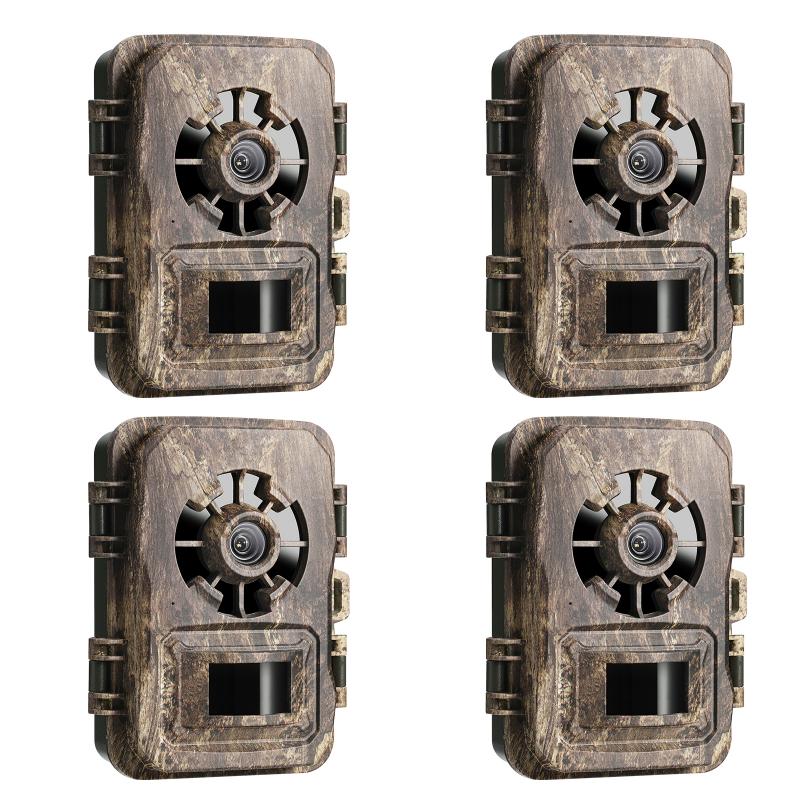
3、 How to Add Watermarks to Photos Using a Digital Camera
Yes, you can add watermarks to photos using a digital camera. Watermarking is a technique used to protect and identify images by adding a visible mark or logo onto them. While traditionally watermarks were added during post-processing using photo editing software, many modern digital cameras now offer built-in features that allow you to add watermarks directly while capturing the image.
To add a watermark using a digital camera, you will need to access the camera's settings menu. Look for options related to image overlays or watermarks. Depending on the camera model, you may have the ability to customize the watermark by selecting a specific logo or text, adjusting its size, position, and transparency.
Adding watermarks directly on the camera can be beneficial in certain situations. For example, if you are a professional photographer who wants to protect your copyrighted images, adding a watermark at the time of capture ensures that your work is immediately identified as yours. It can also be useful for branding purposes, as you can add your logo or website address to promote your business.
However, it's important to note that adding watermarks on a digital camera is not as flexible or customizable as using photo editing software. If you require more intricate watermarks or want to adjust them later, it is recommended to use dedicated software during post-processing.
In conclusion, while it is possible to add watermarks using a digital camera, the options and flexibility may be limited compared to using photo editing software. Consider your specific needs and preferences before deciding whether to add watermarks directly on your camera or during post-processing.
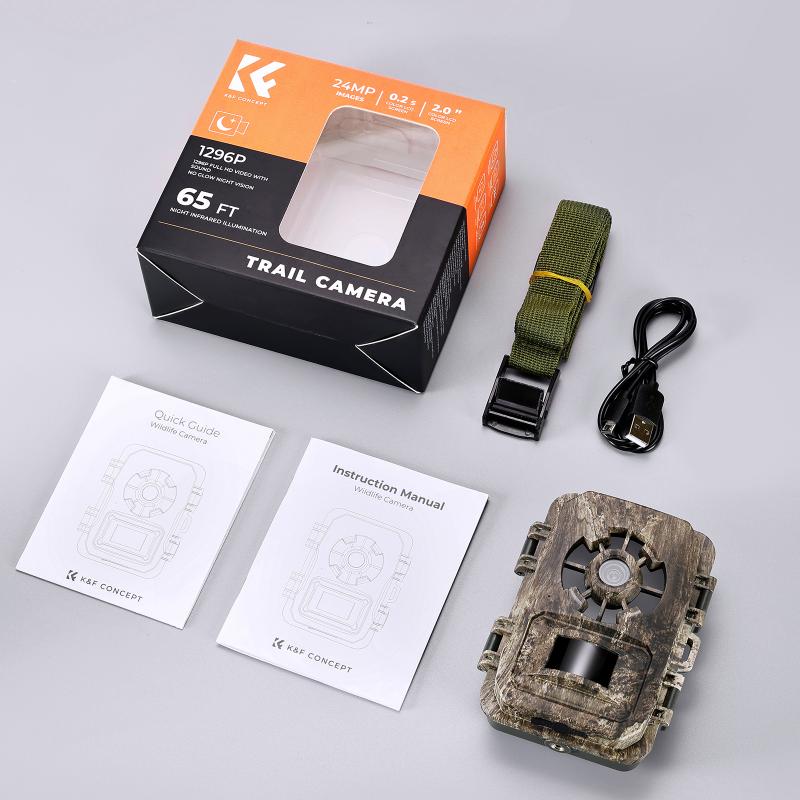
4、 Pros and Cons of Watermarking Digital Camera Images
Can I watermark on a digital camera? Yes, it is possible to add a watermark to images directly on a digital camera, depending on the camera model and its features. Some high-end cameras offer built-in watermarking functionality, allowing users to add a customized watermark to their photos before they are saved.
Now, let's discuss the pros and cons of watermarking digital camera images:
Pros:
1. Copyright protection: Watermarking can help deter unauthorized use of your images by clearly indicating that they are copyrighted. This can be particularly useful for photographers who want to protect their work from being used without permission.
2. Branding and promotion: Watermarks can serve as a branding tool, allowing photographers to showcase their logo or website on their images. This can help increase brand recognition and promote their work when shared online.
3. Professionalism: Adding a watermark can give your images a more professional look, especially if you are sharing them on social media or using them for commercial purposes. It can also help potential clients identify your work and contact you for future collaborations.
Cons:
1. Distraction: Watermarks, especially if they are large or placed in a prominent position, can distract viewers from the actual content of the image. This can be particularly problematic for photographers who want their images to be appreciated for their artistic or aesthetic qualities.
2. Image quality: Adding a watermark to an image can potentially degrade its quality, especially if the watermark is applied in a way that alters the original composition or colors. It is important to strike a balance between protecting your work and maintaining the integrity of the image.
3. Limited effectiveness: While watermarking can act as a deterrent, it is not foolproof. Determined individuals can still remove or crop out watermarks, making it important to consider other forms of copyright protection, such as metadata embedding or digital rights management.
In conclusion, watermarking digital camera images can be a useful tool for copyright protection, branding, and professionalism. However, it is important to carefully consider the potential drawbacks and find a balance that suits your specific needs and goals as a photographer.


















